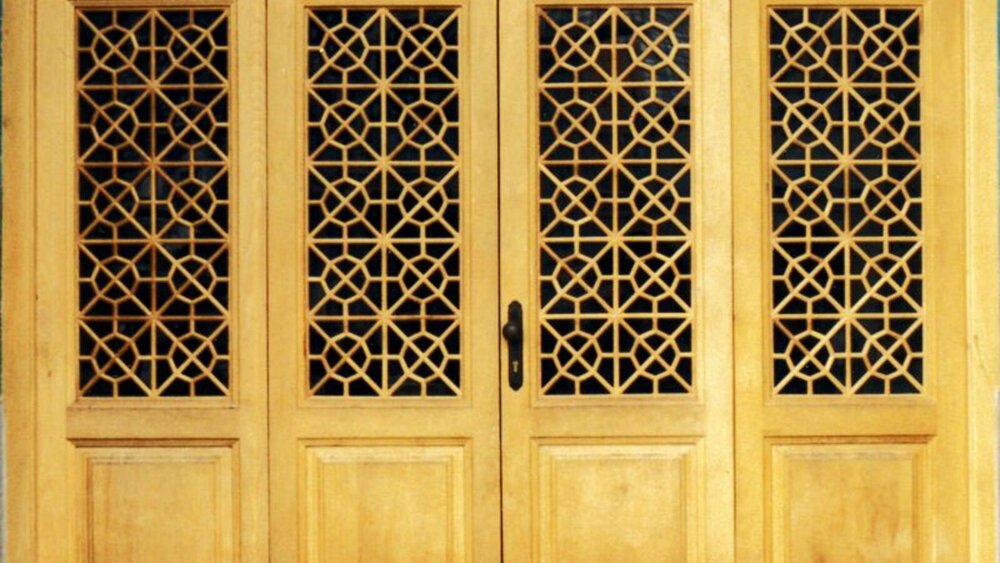Persian handicrafts: Gereh-chini

TEHRAN – The art of "Gereh-chini", literally meaning to arrange the knots, is one of the traditional decorative and useful handicrafts of Iran. It relies on the art of laying finely cut pieces of wood on a surface according to a design.
Gereh is composed of geometric knots that are repeated beautifully and rhythmically. Isfahan is its birthplace, and the Seljuk dynasty is known to be the first time Gereh-chini was used. However, the exact date of the craft's origin cannot be determined.The art flourished during the Safavid era.
In Gereh-chini, wood pieces are used in their natural color and no paint is applied to them. Gereh is made best from plane trees, according to masters of the art.
Wood from other trees such as walnut, beech, morus, almond, silverberry, zelkova, pear and jujube is also used to make shrine doors, pulpits, doors, frames, decorative dividing panels, etc.
Tond, Kond, Shol, Kond o Shol, Pili and Doroodgari are the seven types of knots or Gereh, and each of these has its own background and design.
Three main categories can be distinguished among Gereh Chini: 1. All wood 2. Moshabbak (lattice trelliswork) and 3. Orosi or Sash window.
Orosi is a type of window made by Gereh and colored glass. They are beautiful and were most frequently used during the Zand and Qajar dynasties. In terms of artistic value, Orosi is very significant.
In Gereh-chini, a Gereh or knot is, in fact, a combination of pieces of wood that are locked together in order to create delicate designs. The finer the pieces of wood, the more valuable the product.
Gereh-chini pieces are made to endure in different climates of Iran with tongue and groove joints. Because of this, Gereh-chini artworks can be found in many historical buildings.
There are several examples still standing, including Chehel Sotoon, Hasht Behesht Palace, and historic houses like Alam and Shekh ol-Islam in Isfahan.
There is also the House of Tabatabai in Kashan, Abbasian, Boroujerdi, Golestan Palace, and other such buildings in Yazd and Tehran.
There are still Gereh-chini workshops in Tehran where this craft is still practiced.
ABU/MG
Leave a Comment